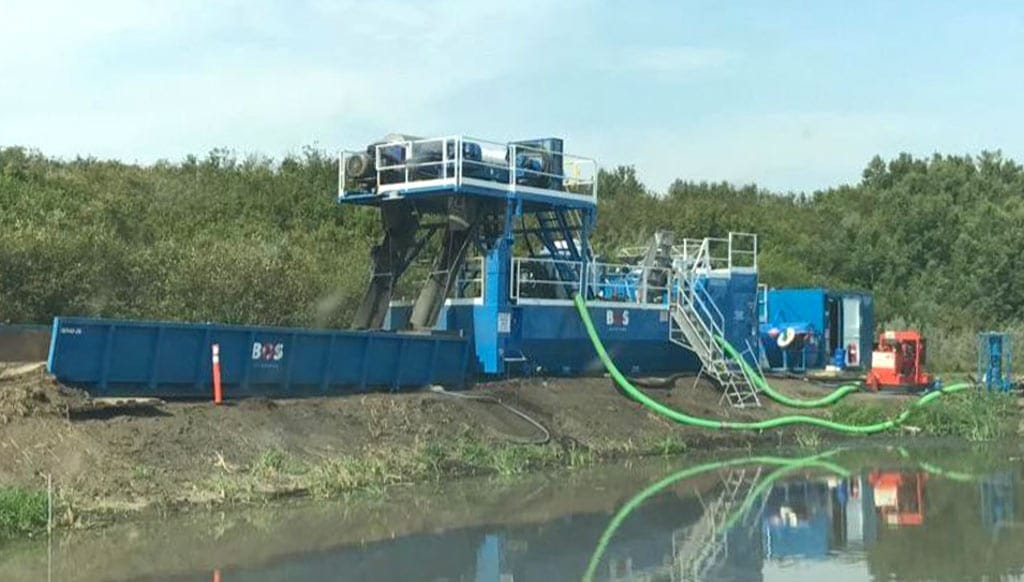
BioSolids Lagoon Sludge Removal
Stage 3 Separation provided a sludge removal solution to two anaerobic sewage lagoons in the Town of Hardisty, Alberta using our patented clear water loop processing system.

The Mission
Stage 3 Separation was contracted to de-sludge two anaerobic sewage lagoons. All sludge needed to be removed before reflowing/returning clean, uncontaminated water back into the lagoons.
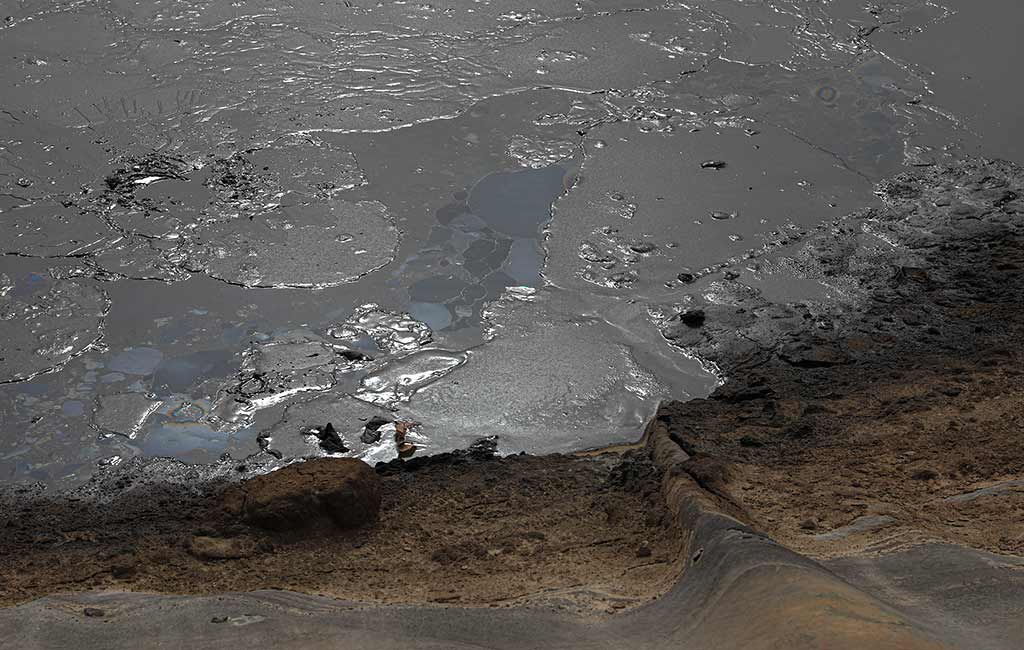
Project Challenges
The two anaerobic sewage lagoons had not been processed since the 1970s and volume in the lagoons was needed to continue their sewage treatment program. Removal of anaerobic digested sludge poses numerous challenges from poor dewaterability to recycling of high Nitrogen and Phosphorus levels in the sludge treatment process.
Stage 3 needed to remove the original lagoon sludge and produce clean water that could be recirculated back into the lagoons.
The Objectives
Stage 3 Separation prides itself on providing services that help clients reduce their projects’ carbon fiber footprint. Talk to us about improving your Environmental, Social, and Corporate Governance (ESG) score.

Produce waste product that could be classified as a solid composite material

Recirculate clean water back into the lagoon without any increase of contamination

Leave clay intact and undamaged
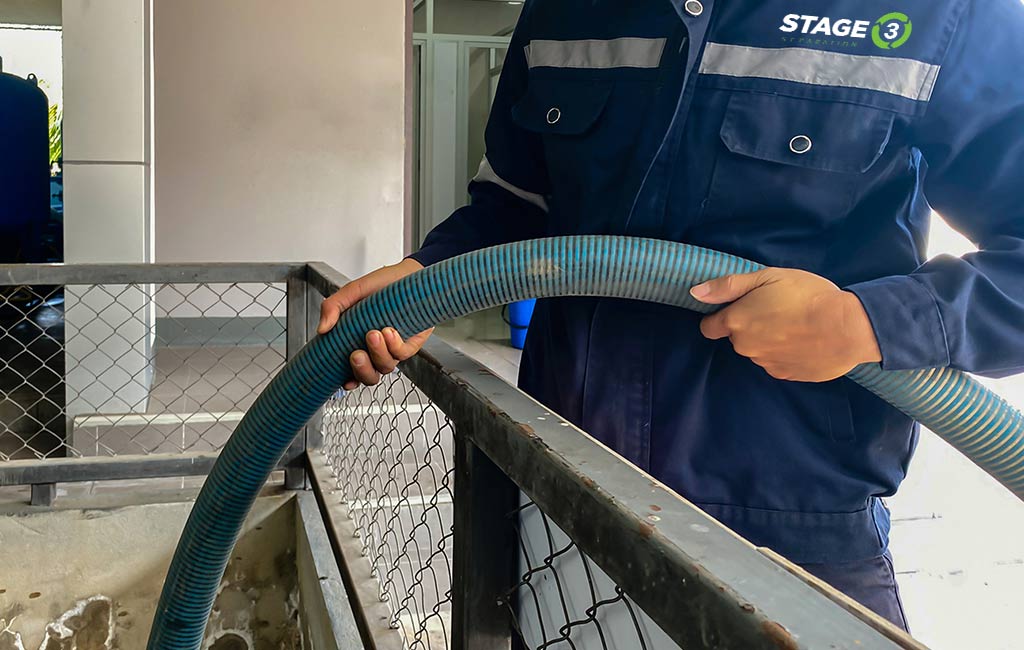
The Solution
Stage 3 operated the patented clear-water-loop processing system utilizing centrifuges to dewater the sludge removed from the pond. Operating the S3S system eliminated the need for costly liquid waste slurry removal that is typical with a project of this scale.
The installation provided a self-powered, small footprint, short-time-frame solution. In the end, Stage 3 was able to provide a waste product with a higher solids content than typical pond remediation methods. The sludge was removed from the lagoon via a pumping system and dewatered into a dry, stackable waste product to be hauled away and clean water that was returned to the lagoon. The dry waste was removed using standard unlined end dump trucks, waste was safely hauled to disposal.
The Numbers
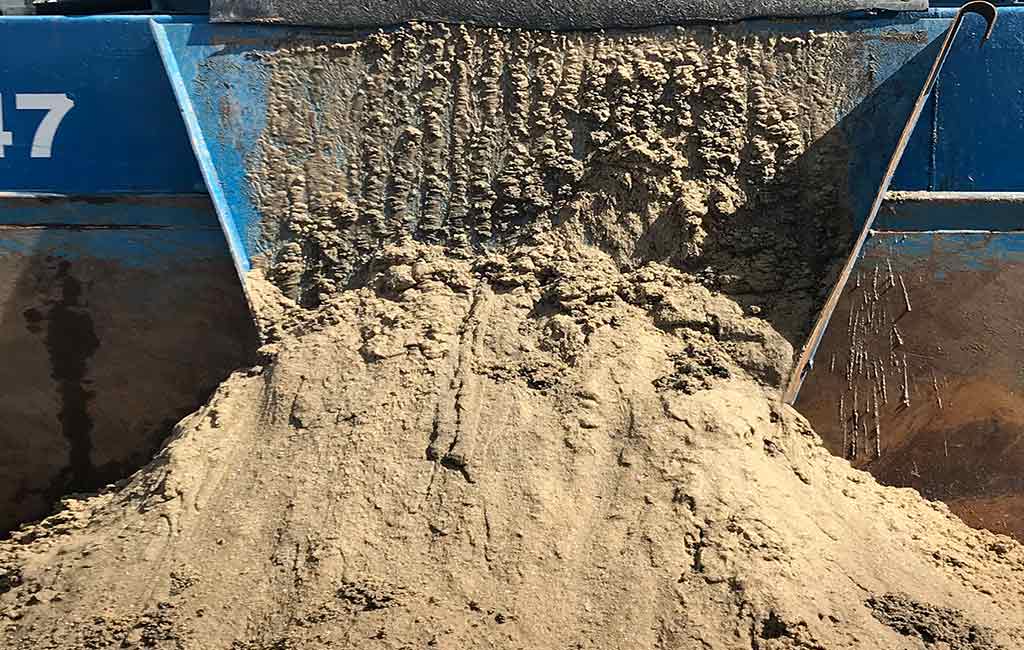
Dry waste passed 100% of paint filter tests
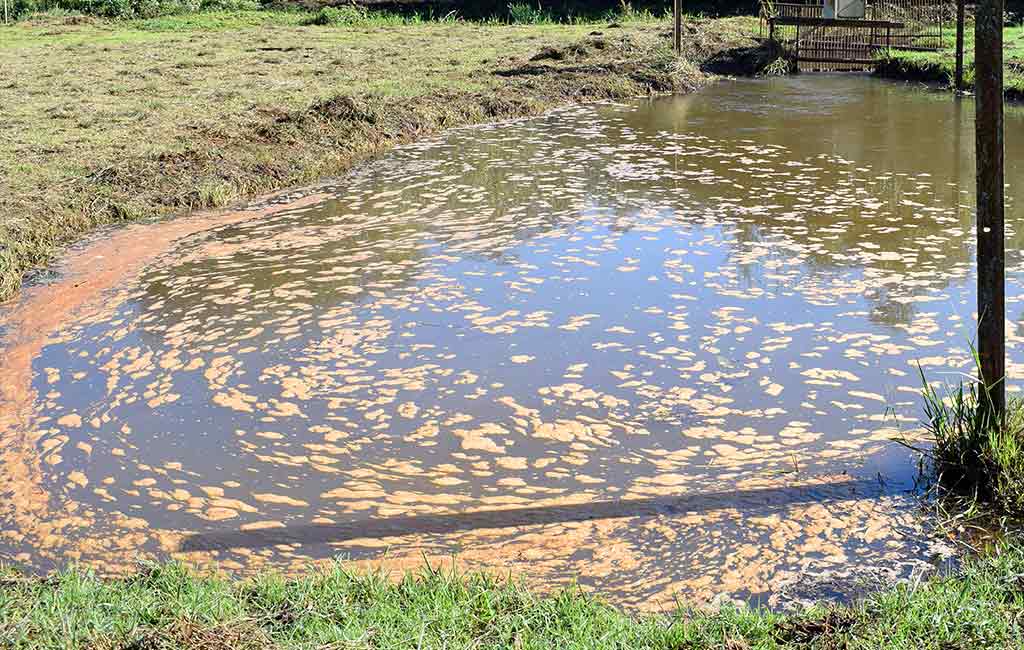
Average solids content percentage of 33%
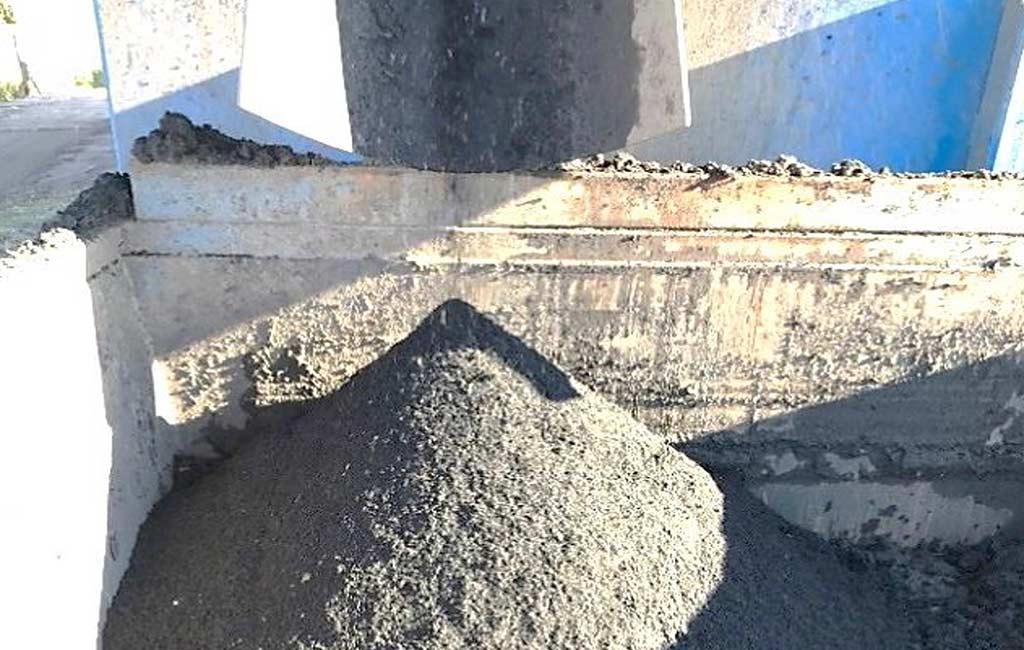
550 tons of dry material removed
The Process
- Utilizing a pond slurry pump, the sludge is removed from the lagoon and pumped to the receiving manifold.
- From the manifold the sludge is pumped to the centrifuges for dewatering.
- Polymer is injected at the feed pump to the centrifuge. As it mixes with the sludge it binds fine particles together increasing the particle density to easily be removed from the liquid phase.
- The dry waste material is discharged from the centrifuges into a shale bin.
- The clean water is discharged into the patented BOS III tank for reuse and polymer mixing.
- The clean water is circulated back to the lagoon pond.
- Once the shale bin is full, a loader moves the dry material to an end-dump truck, and it is removed from site and sent to disposal.
The Conclusion
Using the patented clear water loop dewatering system and the centrifuges, the sludge was removed from the lagoon and dewatered into a dry, stackable waste product with clean water that could be reintegrated into the lagoon.
In turning the sludge into easy to dispose, dry stackable waste we were able to significantly reduce costs associate with standard disposal trucks and reduce our carbon footprint.
For more information about this project or how Stage 3 Separation can service your next project, please contact us today.

